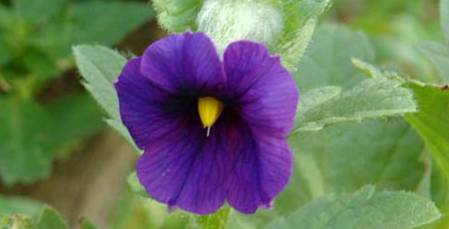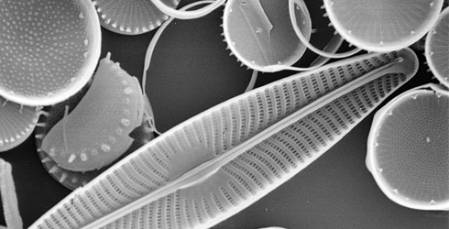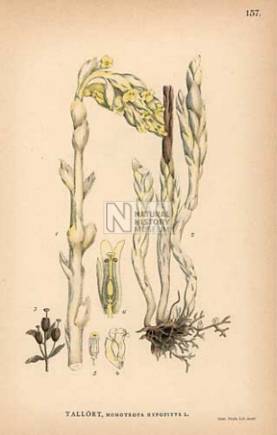LIFE SCIENCES DEPARTMENT SEMINAR
Bone-eating worms and wood-eating bivalves: characterising the ecology of deep-sea organic falls from multiple ocean basins
Diva Amon
Department of Life Sciences, NHM and University of Southampton
Wednesday 27 of November 11:00
Sir Neil Chalmers seminar room, Darwin Centre LG16 (below Attenborough studio)
Large organic inputs to the deep seafloor such as the remains of whales or pieces of wood are termed ‘organic-falls’ and are important sources of food, shelter and hard substrate in the deep sea. Despite over 30 years of research on these habitats, we still have only a basic understanding of their taxonomic composition and for some ocean basins, no natural or experimental studies have ever been conducted. The degree of connectivity between these isolated habitats, as well as how quickly organic matter is remineralised by specialist organic-fall fauna, such as bone-eating Osedax worms and wood-eating Xylophaga molluscs, are poorly known. My PhD research has tried to shed light on these topics resulting in the last three years spent undertaking some extraordinary tasks in a variety of locations: collecting whale bones and bone-eating worms from the Antarctic deep seafloor, cutting bones out of beached whales in Kent, sinking wood and whale bones on the Southwest Indian Ridge, diving to 2500 metres in a Japanese submersible, observing what happens when tiger sharks and whale bones meet in the Bahamas, and haggling over pig carcasses with a Jamaican butcher. All in the name of science! Today I will reminisce on a few of these adventures, as well as present results from the penultimate chapter of my thesis: Ecosystem function of the wood-boring genus, Xylophaga (Pholadidae, Bivalvia) revealed by X-ray micro-computed tomography. Wood deployments from two seamounts on the Southwest Indian Ridge were investigated in detail to examine the nature of intact Xylophaga borings, the comparative abundances and population size structures of the species, their rates of growth and their consumption rates of wood. Two more sets of samples from the Mid-Cayman Spreading Centre and the Tongue of the Ocean, Bahamas were also scanned. The wood at each deployment site was colonised by a different species of Xylophaga. This novel analysis has shown that an individual Xylophaga can bore between 0.235 and 0.606 cm3 of wood per year depending on the species, emphasising the importance of the genus Xylophaga with regard to wood remineralisation in the deep sea and its role as an ecosystem engineer.
For additional details on attending this or other seminars see http://www.nhm.ac.uk/research-curation/seminars-events/index.html




![NaturalHistoryMuseum_PictureLibrary_035158_preview[1].jpg](../../../servlet/JiveServlet/downloadImage/38-3423-63834/450-300/NaturalHistoryMuseum_PictureLibrary_035158_preview[1].jpg)




.jpg)
